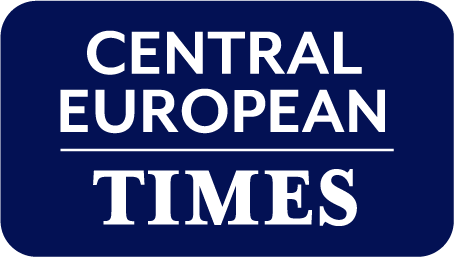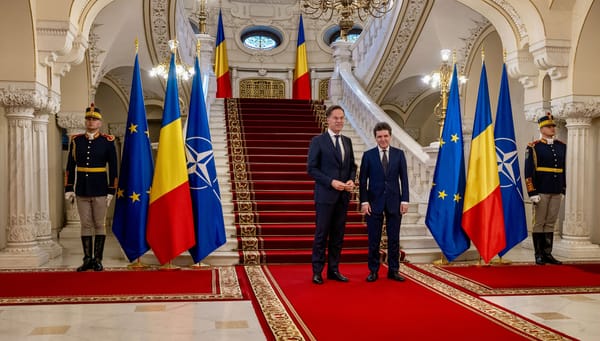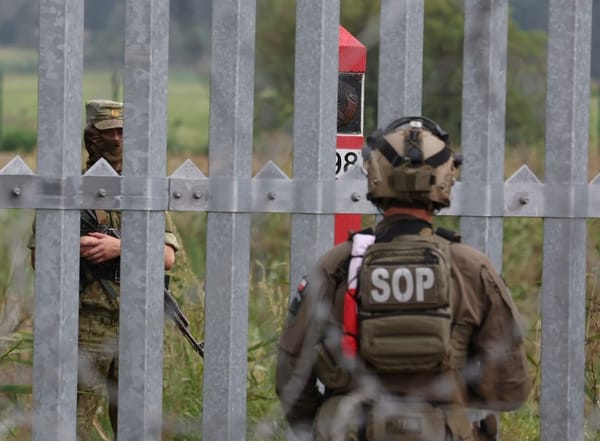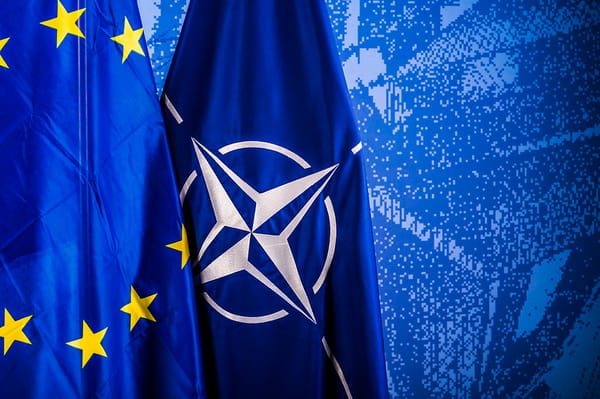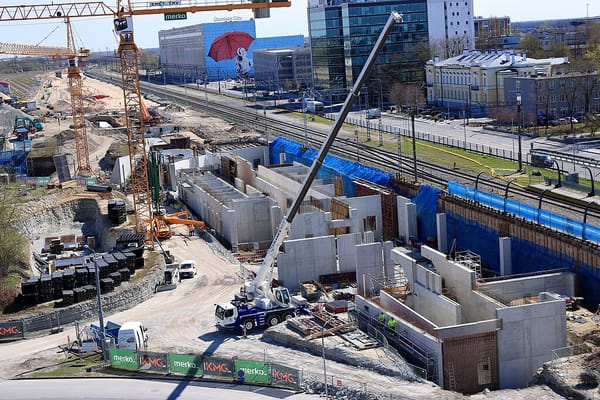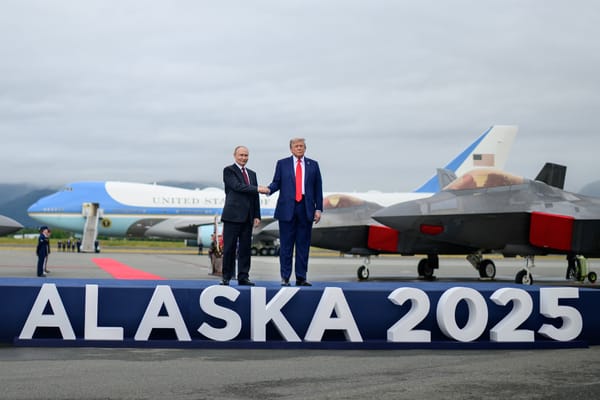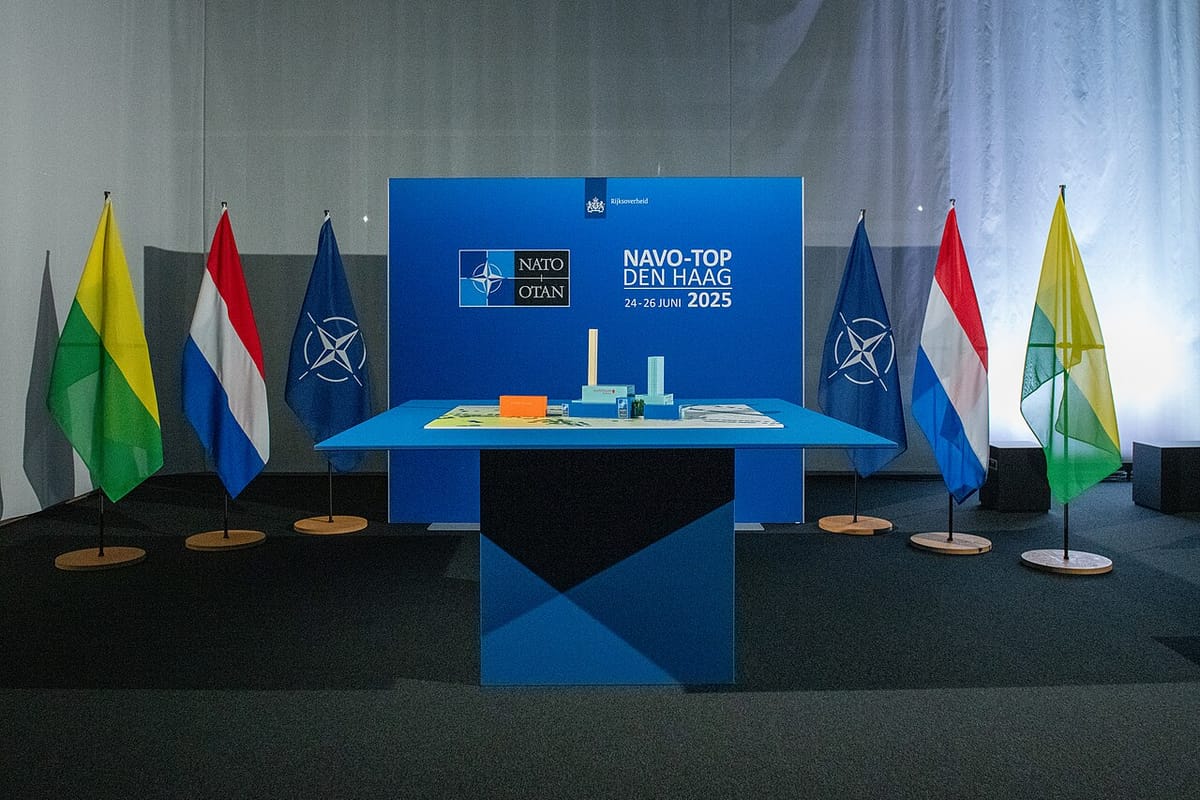
Protestors to target NATO summit in the Hague
The Dutch Interior Ministry confirmed on 22 June that authorities will monitor a coordinated “peace protest” outside the NATO summit in The Hague on 24-25 June, involving figures linked to Kremlin-affiliated groups.
This is the first time that the Netherlands is hosting a NATO Summit since NATO’s founding in 1949. The planned action precedes a high-security gathering of NATO heads of state, shaped by the agenda of returning US President Donald Trump.
The People for Peace coalition, which includes left-aligned Dutch lawmakers and activists with prior ties to Russian disinformation networks, is expected to stage events near the World Forum venue and at key traffic corridors.
Protest leaders said the demonstration was coordinated with international anti-war groups, including CodePink and Stop the War Coalition, and was intended to highlight what they called “escalating proxy conflicts” involving NATO members.
A spokesperson for the Dutch climate collective Vuurrood added that the summit ignored the environmental cost of expanded military infrastructure.
Fractures within NATO and CEE implications
Slovak Prime Minister Robert Fico said on 21 June that neutrality may better serve Slovakia than continued NATO membership, a statement later walked back by government spokespersons. However, the remarks reflect internal strain in Central and Eastern Europe (CEE), particularly among populist and pro-Russian factions.
Fico’s comments drew criticism from Czech and Baltic officials, who reaffirmed the importance of collective defence. Polish officials said the summit must “re-centre strategic deterrence on NATO’s eastern flank,” citing fresh Russian deployments in Kaliningrad.
Trump disrupts NATO agenda
The summit will feature a shortened 2.5-hour leaders’ session, with a five-paragraph communique focused primarily on defence spending. US President Donald Trump has pressed NATO members to commit 5% of GDP to defence, with a proposed 1.5% for cyber and infrastructure readiness.
Ukraine’s president Volodymyr Zelenskyy will attend the summit but will not feature in the main leadership session. Summit documents are expected to contain only brief references to Ukraine’s Euro-Atlantic aspirations.
NATO Secretary General Mark Rutte, Dutch prime minister from 2010-24, said on 19 June that the bloc must “arm at the speed of fear”, warning of a potential Russian incursion within 5 years. A proposed multilateral air-defence fund and expanded procurement for Baltic-Polish frontlines are expected to be discussed.
Security measures and protest landscape
Ahead of the summit, the Netherlands government has deployed thousands of military and police personnel across The Hague and Amsterdam under Operation Orange Shield. Authorities have set airspace restrictions, electronic countermeasures and a security corridor between Schiphol Airport and the summit site.
Additional demonstrations are planned by Extinction Rebellion, Gaza solidarity groups and regional LGBT+ organisations. Police say protest routes have been approved, but will be “actively patrolled” throughout the event.
At time of publication on Monday morning, police had detained 14 demonstrators, mainly for entering controlled zones. According to Dutch national broadcaster NOS, approximately 2,500 police officers were deployed, with helicopter surveillance and limited airspace around The Hague.
While most demonstrations remained peaceful, Dutch police confirmed the arrest of 14 individuals for breaching controlled areas, including members of German and Belgian climate action groups.
